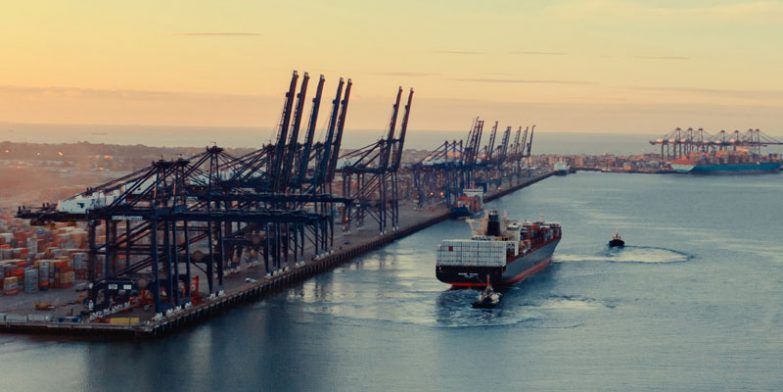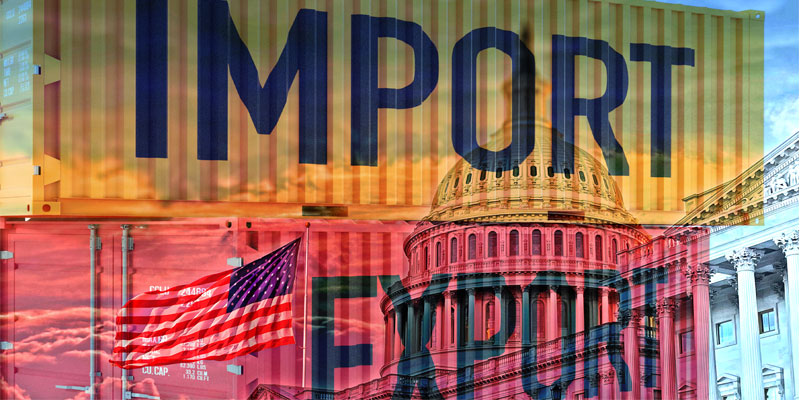
While the early October strike at US East Coast ports was resolved after three days, the lingering impact of vessel backlogs and congestion will take time to clear. However, carriers are now looking to control capacity to stabilise freight rates as peak season demand picks up.
Carriers struggled to manage rates during the traditionally slow period following China’s Golden Week, with the expected rate slide persisting. However, the situation is likely to change in November as carriers implement more aggressive capacity cuts.
The Asia-North Europe trade is seeing significant cuts in capacity (20% of available capacity in October) yet this has not yet resulted in higher rates during the post-Golden Week slowdown. However, with carriers continuing to pull back capacity, particularly through blank sailings, rates are expected to rise in November as demand picks up and supply tightens.
Alongside these short-term adjustments, the sea freight market is also undergoing structural changes as the dissolution of the 2M alliance between Maersk and MSC, scheduled for 2025, reshapes the landscape. New alliances, such as the Gemini Cooperation and Premier Alliance, are expected to streamline services on key routes like Asia-Europe. However, these changes may also shift port calls, with some key hubs potentially losing direct connections as carriers reconfigure their networks.
Freight rates have been fluctuating throughout 2024, influenced by a range of factors including strikes, rerouting delays, and evolving demand patterns. Although Golden Week in Asia was quieter than anticipated, there was some upward pressure on rates for Asia-Europe routes, with a 1-2% rise in early October. Carriers have also introduced surcharges to recover costs associated with the recent disruptions, but while the Shanghai Containerised Freight Index (SCFI) has fallen from its peak in July, rates remain well above 2023 levels.
Looking ahead, several carriers have announced General Rate Increases (GRI) for November, but with the majority of Christmas shipments already completed, it remains to be seen whether these rate hikes will hold. The success of any GRIs will likely depend on how aggressively carriers manage capacity in the coming weeks. Currently, capacity deployment remains high on major routes such as Asia-North Europe, the US West Coast, and Latin America, with only limited blank sailings planned.
Despite some easing of delays, capacity constraints from certain origins persist, driven by vessel bunching and ongoing supply chain congestion. Earlier this month, 10% of the global fleet was reported waiting at anchorages, marking the highest level outside of the pandemic, indicating that the ripple effects of earlier disruptions are still being felt. Schedule reliability remains volatile, hovering around 50%, especially on Asia-Europe and Asia-Americas trades, where congestion at key ports like Shanghai and Ningbo continues to cause delays.
Key points
-
- Post-strike impact: The wider impact of vessel backlogs from the early October US East Coast strike will take time to clear.
- Capacity cuts: Asia-North Europe capacity reduced by 20% in October, with further cuts expected to drive rate increases in November.
- Carrier alliances: Reshuffling of alliances in 2025 could change port calls and streamline services on key routes.
- Freight rates: Rates have fluctuated throughout 2024, with slight increases following Golden Week, but still above 2023 levels.
- Rate hikes: General Rate Increases (GRIs) are planned for November, but the effectiveness will depend on capacity management.
- Congestion: Ongoing delays due to vessel bunching and port congestion, with schedule reliability hovering around 50%.
While demand for ocean freight is expected to soften towards the end of the year, the combination of capacity constraints and unpredictable peak season dynamics means the market remains difficult to navigate.
Shippers are encouraged to plan ahead and share forecasts to secure space on vessels and maintain supply chain efficiency during these volatile times.
To discuss how we can support and protect your ocean supply chain, please EMAIL Andy Costara.





